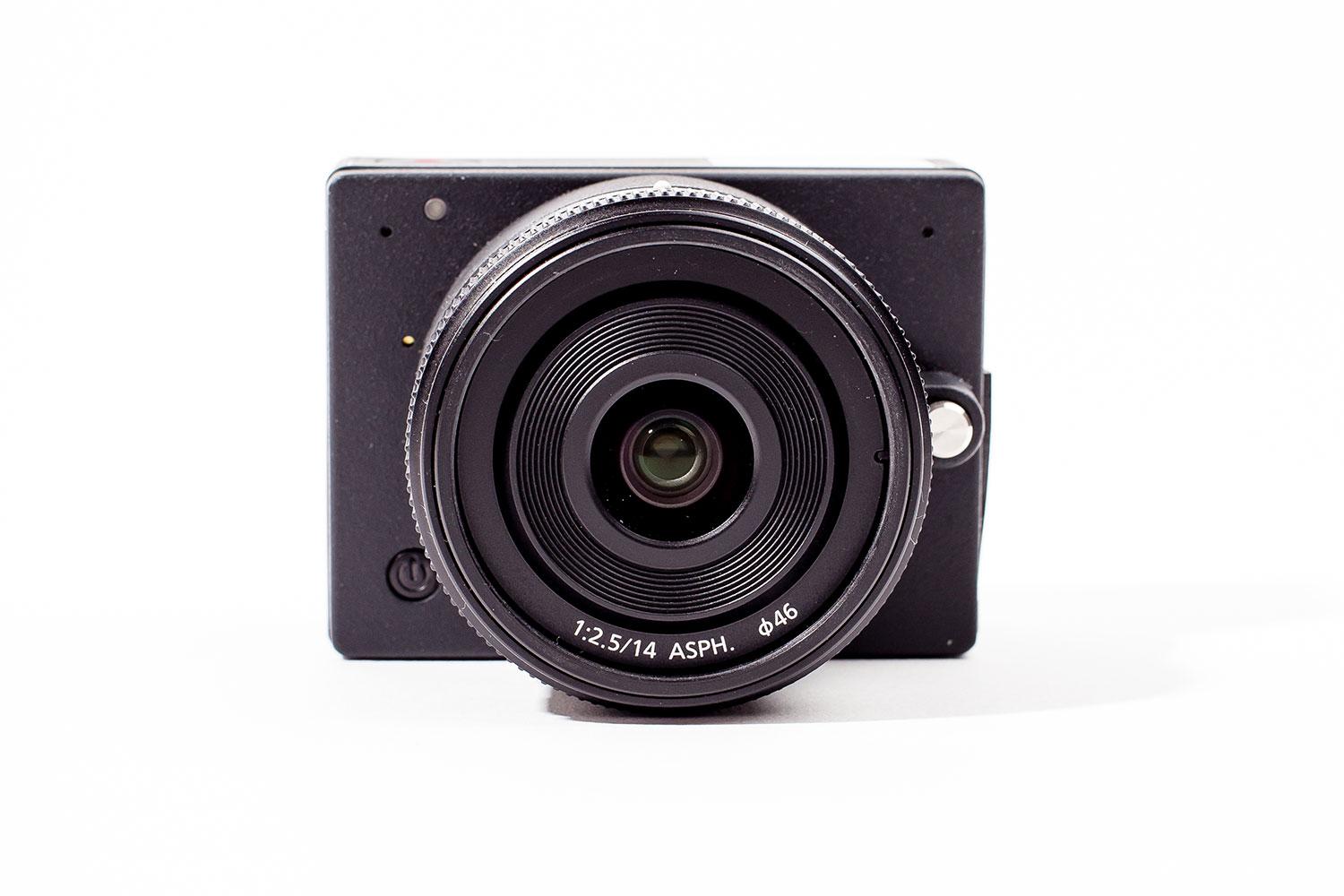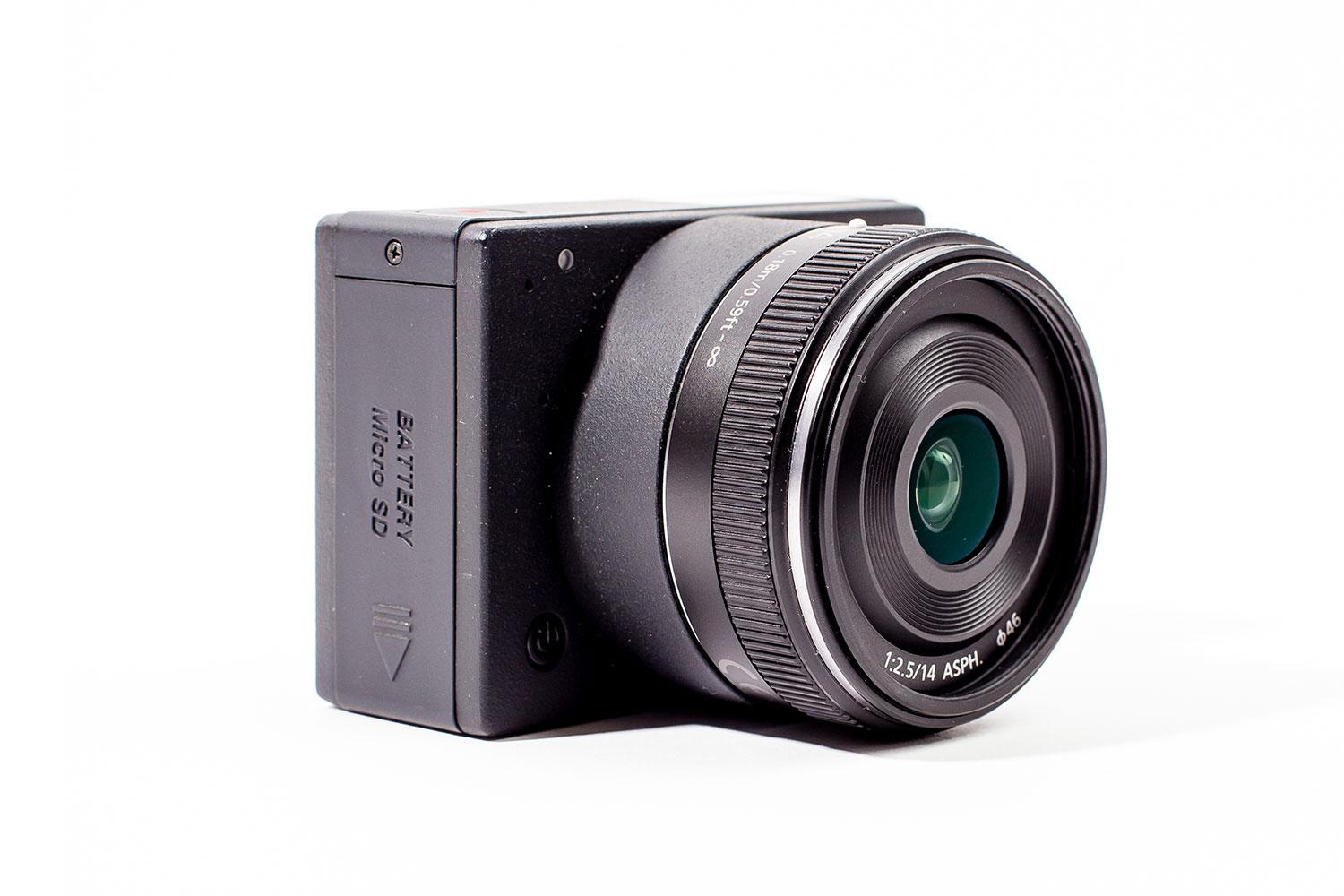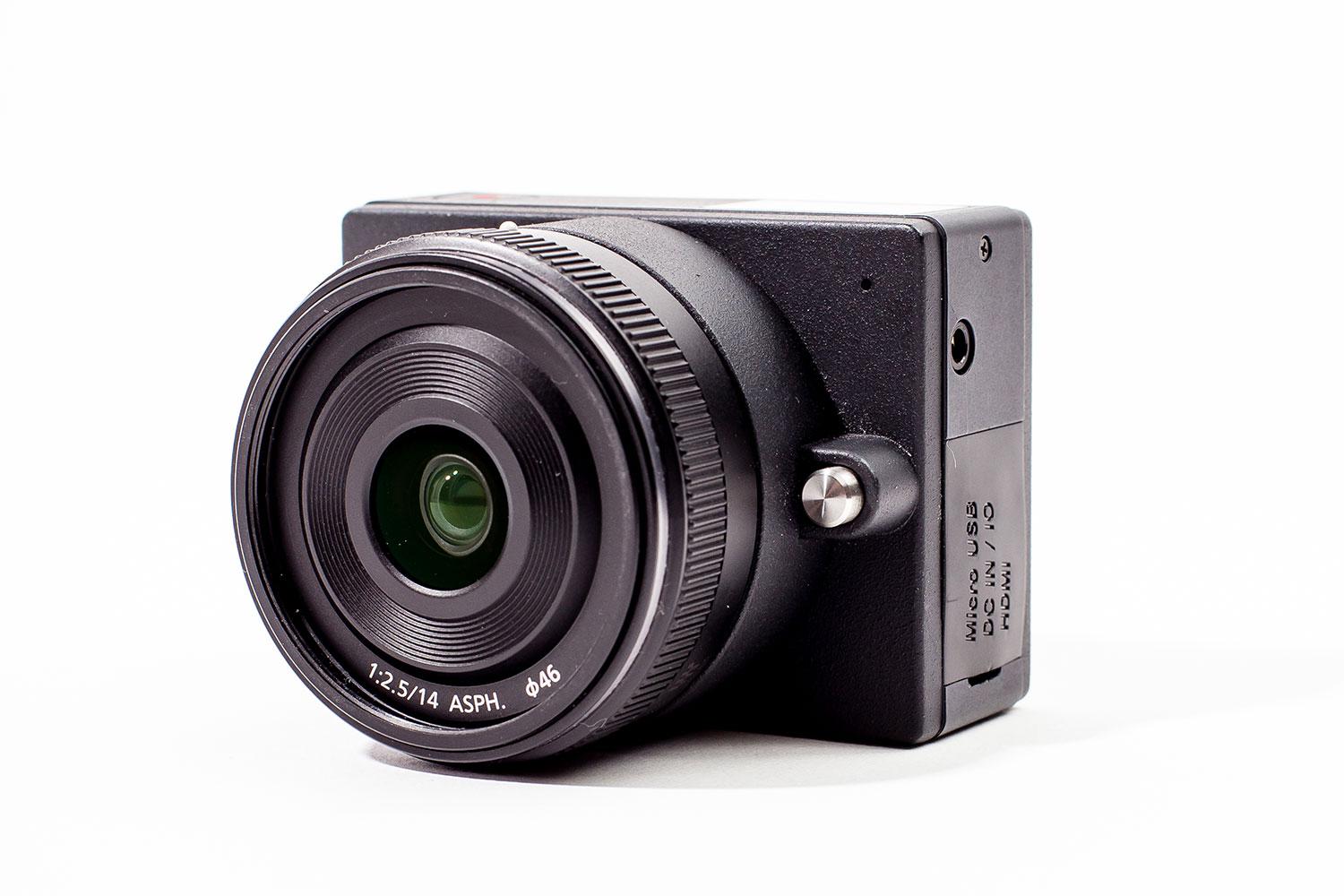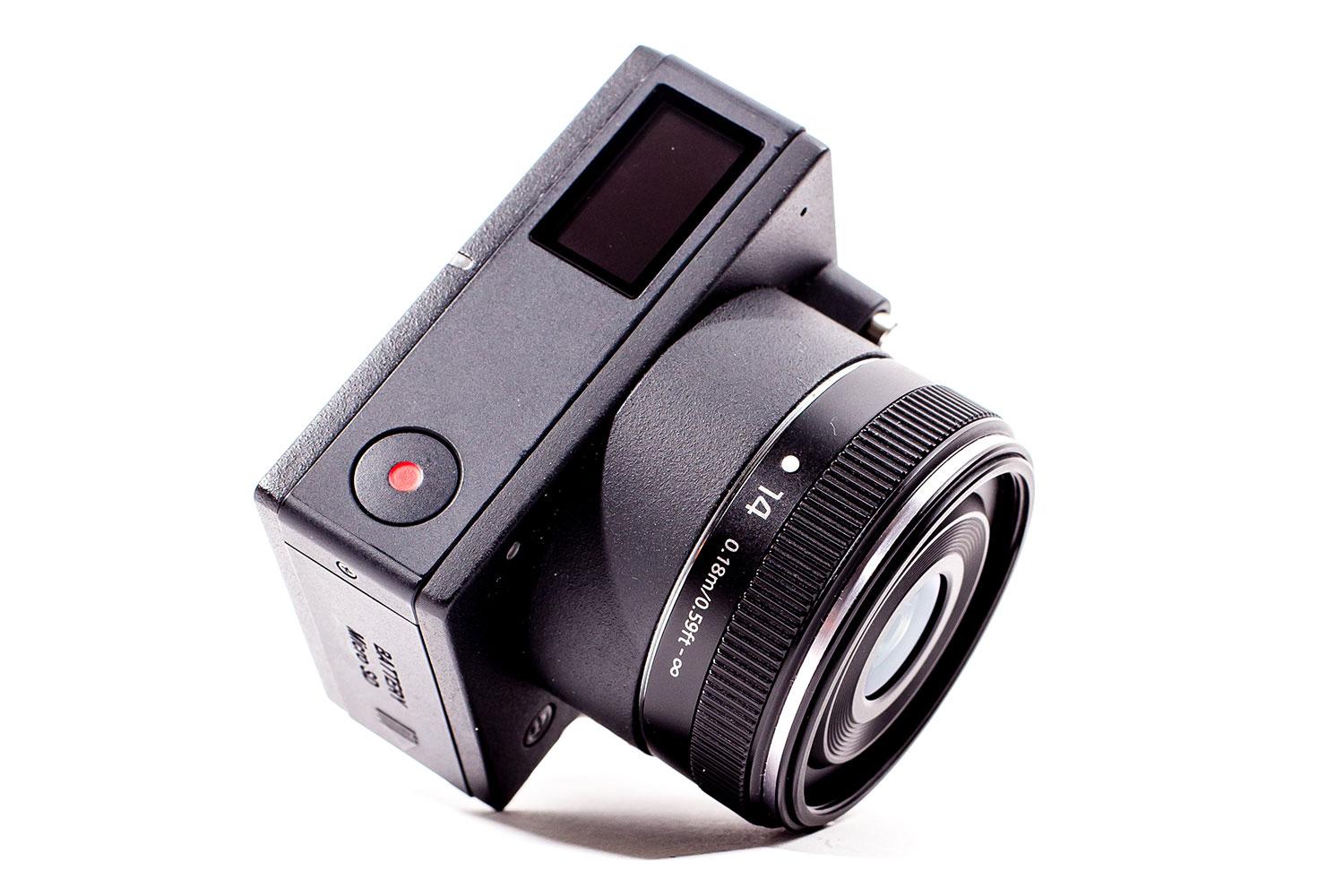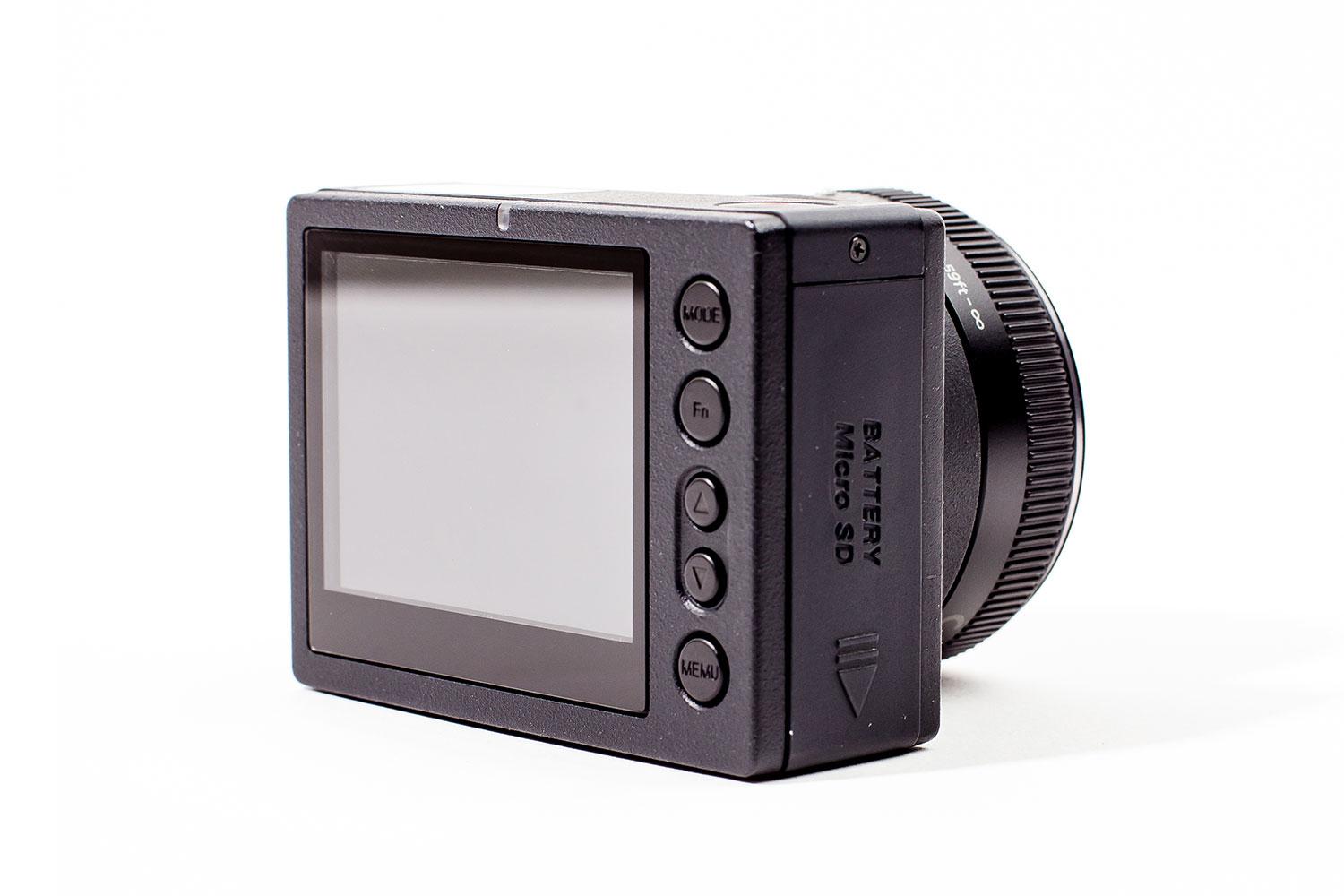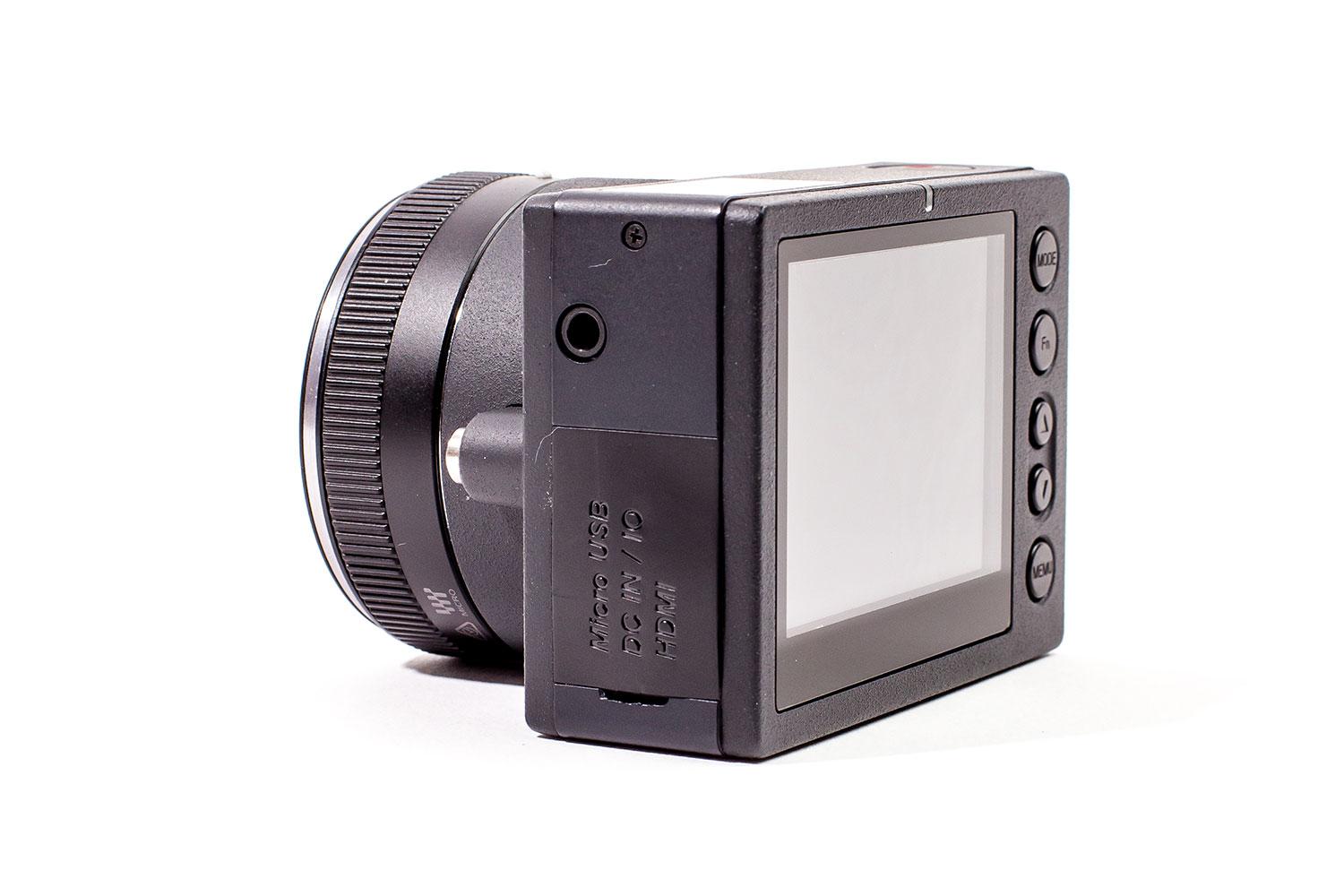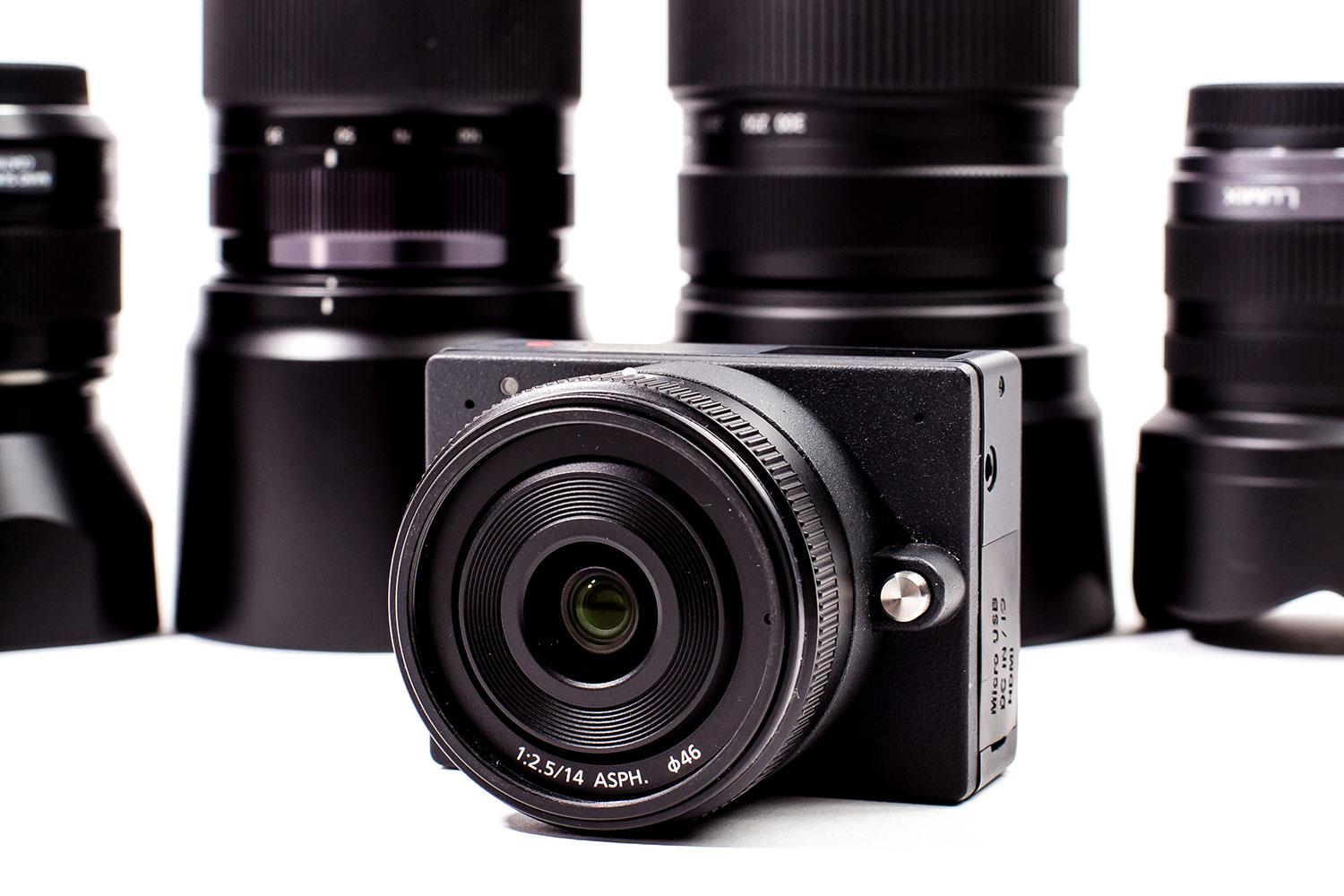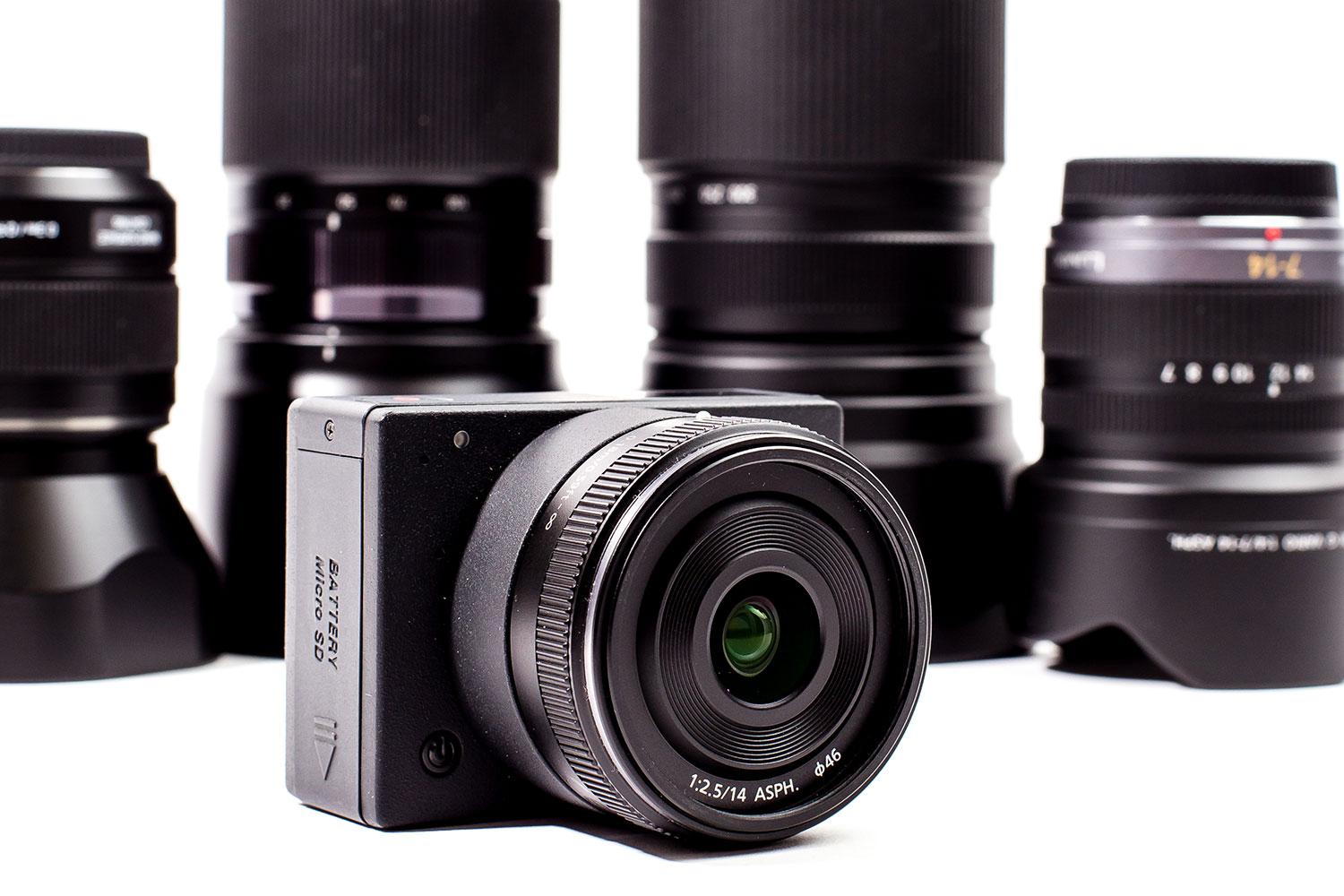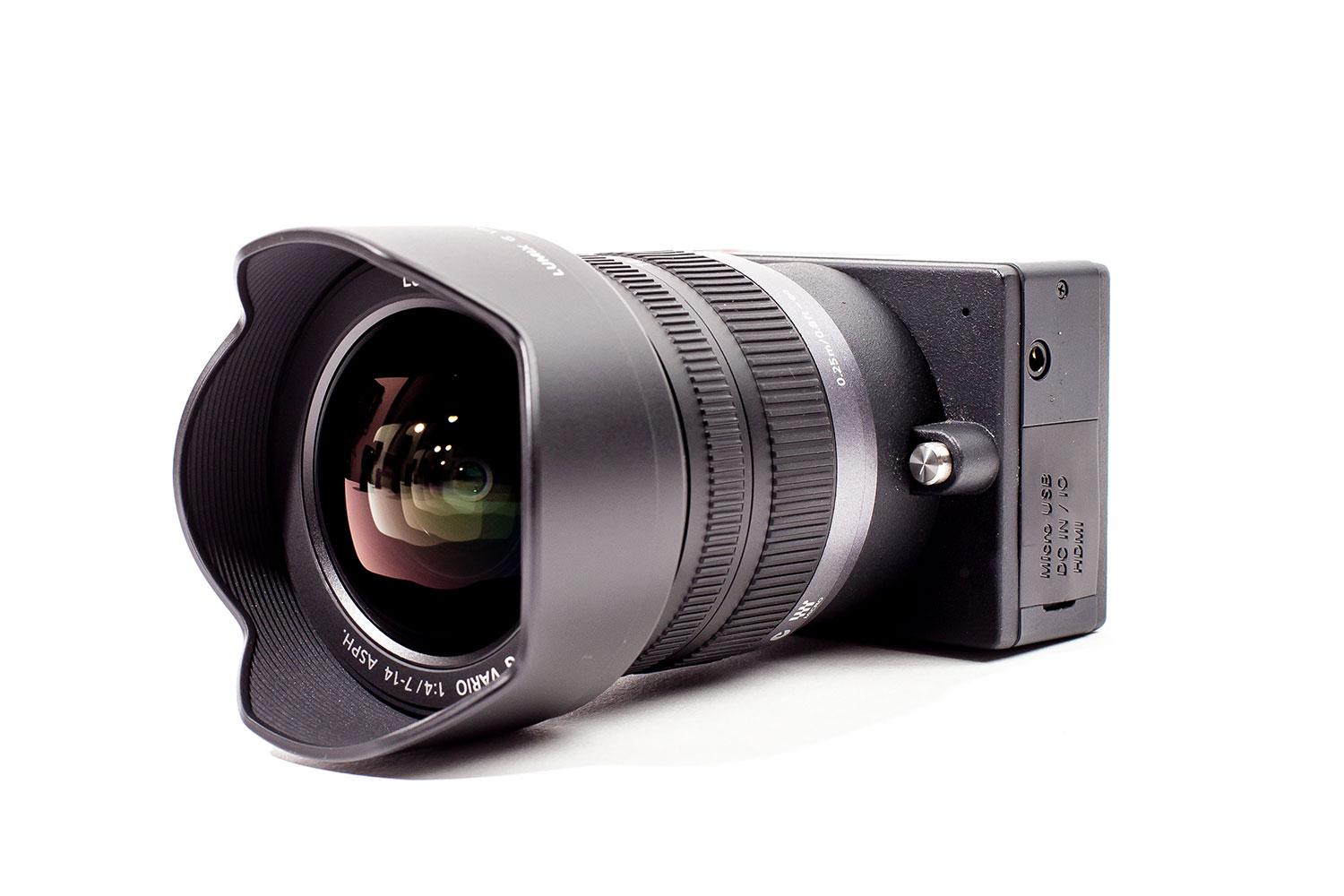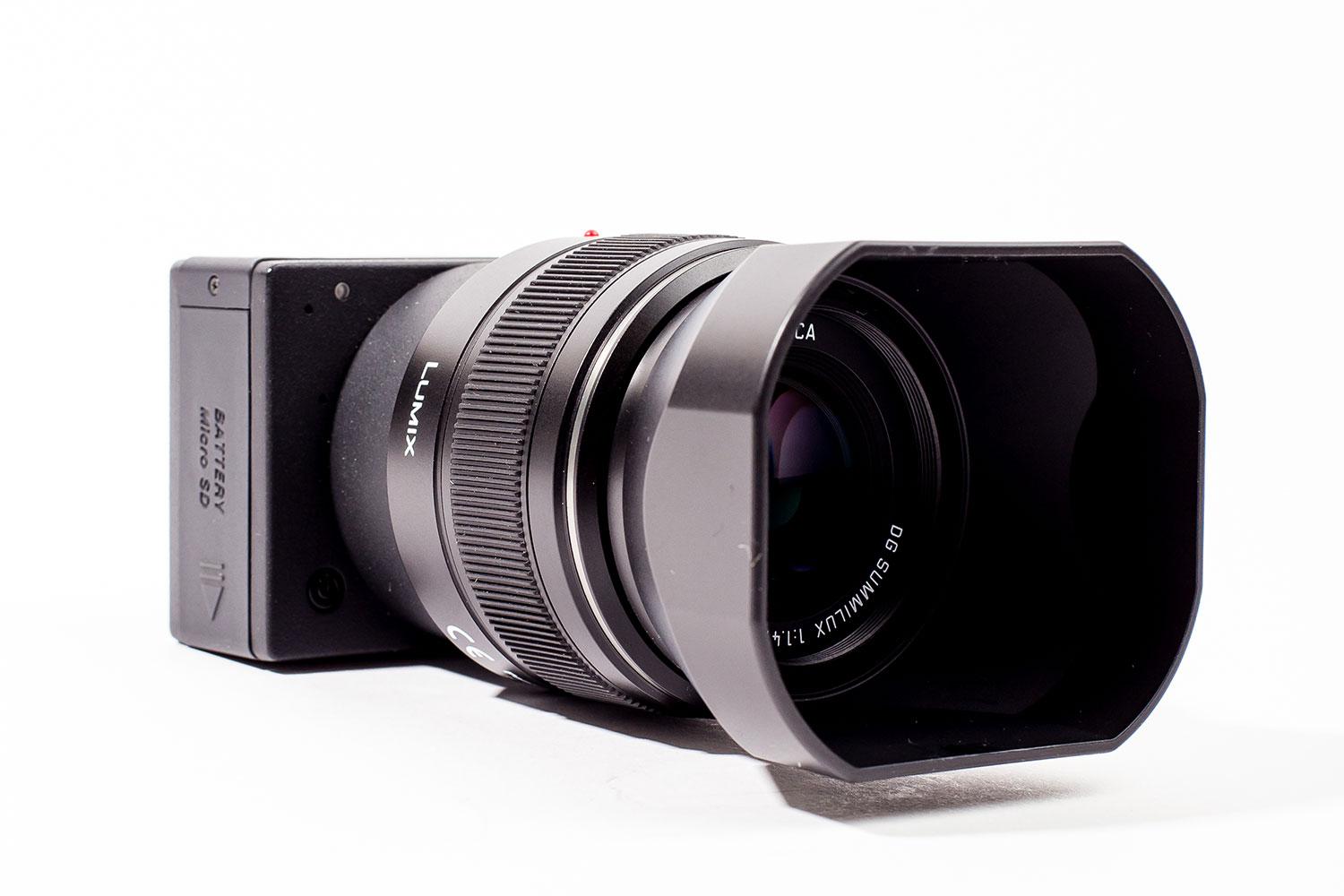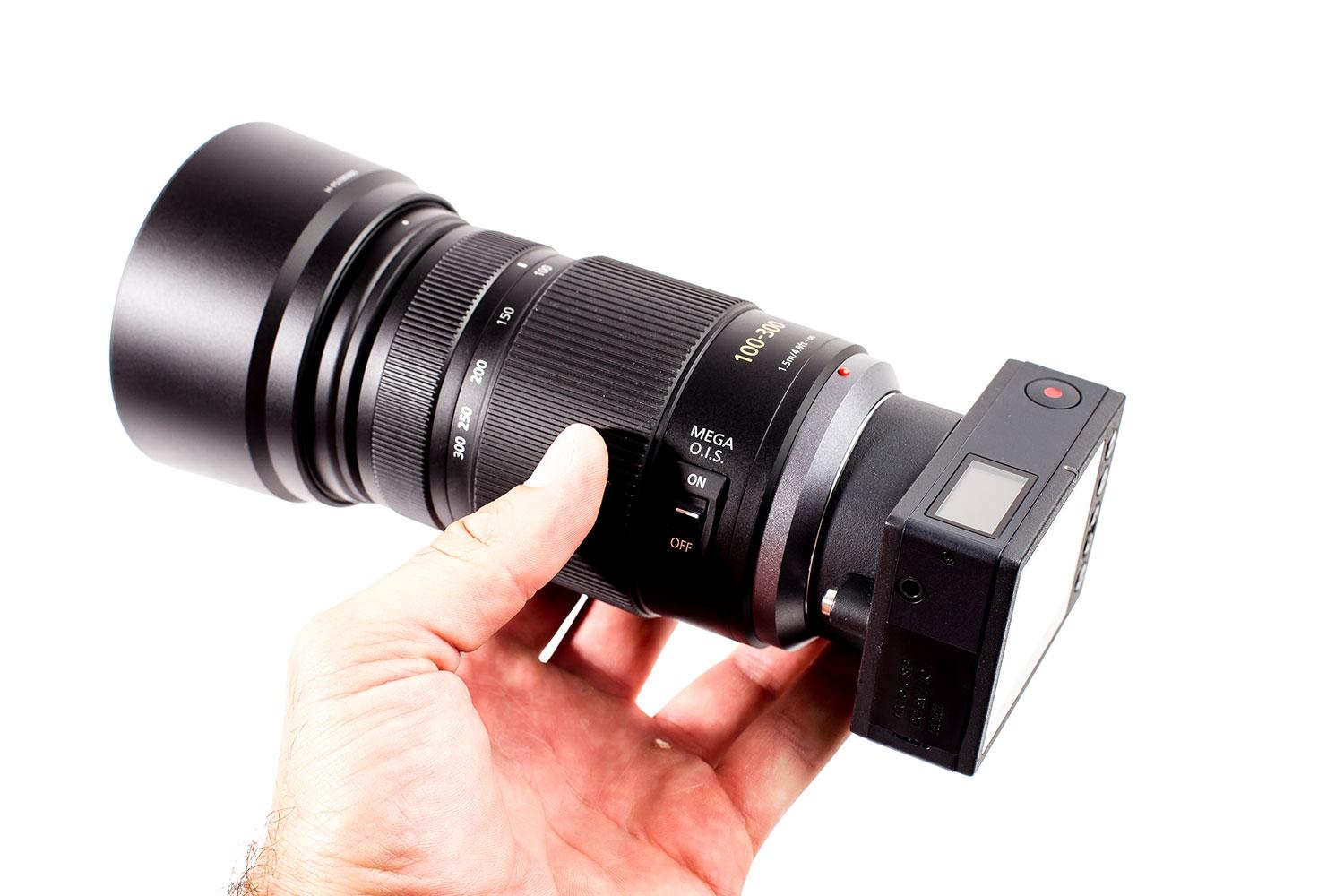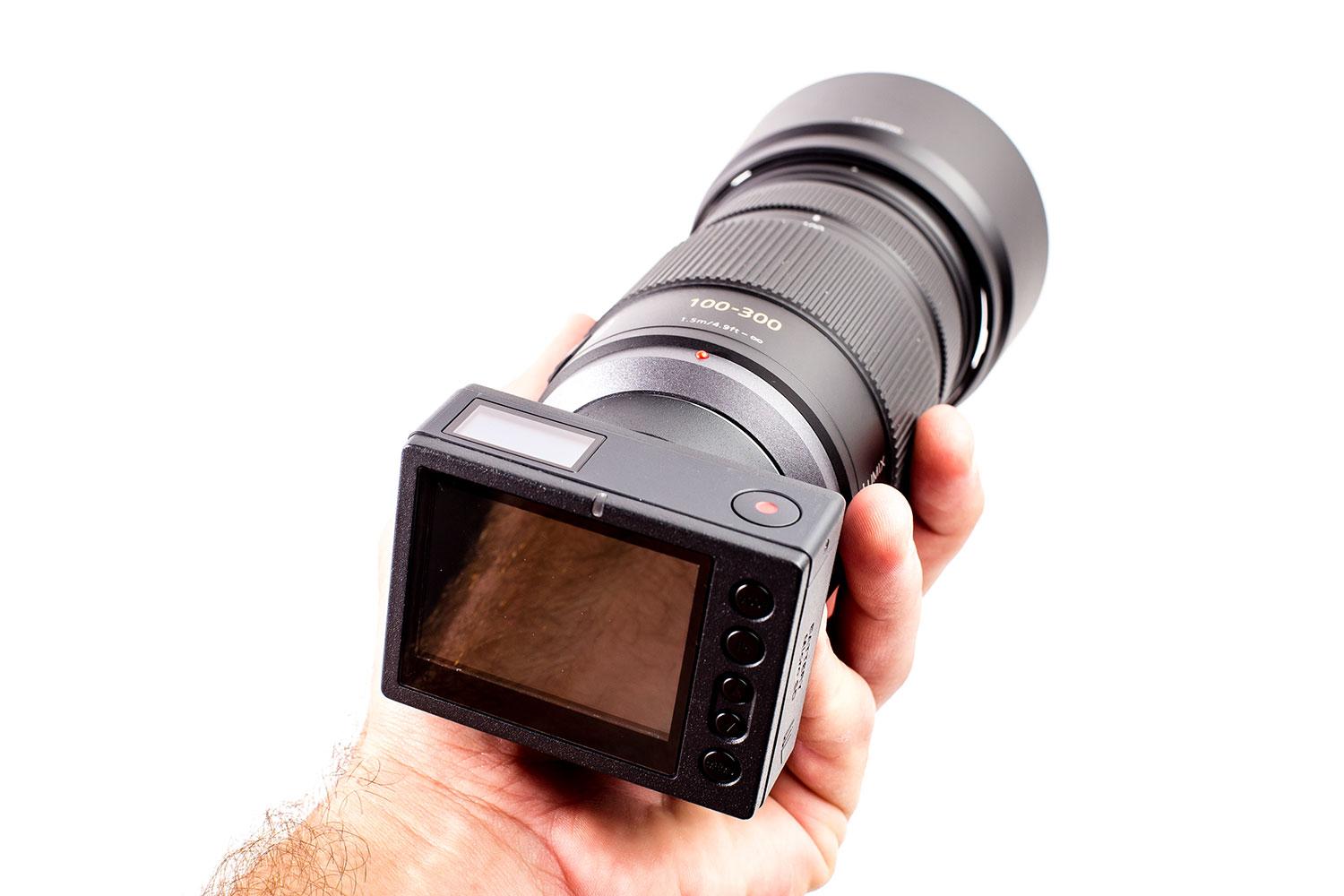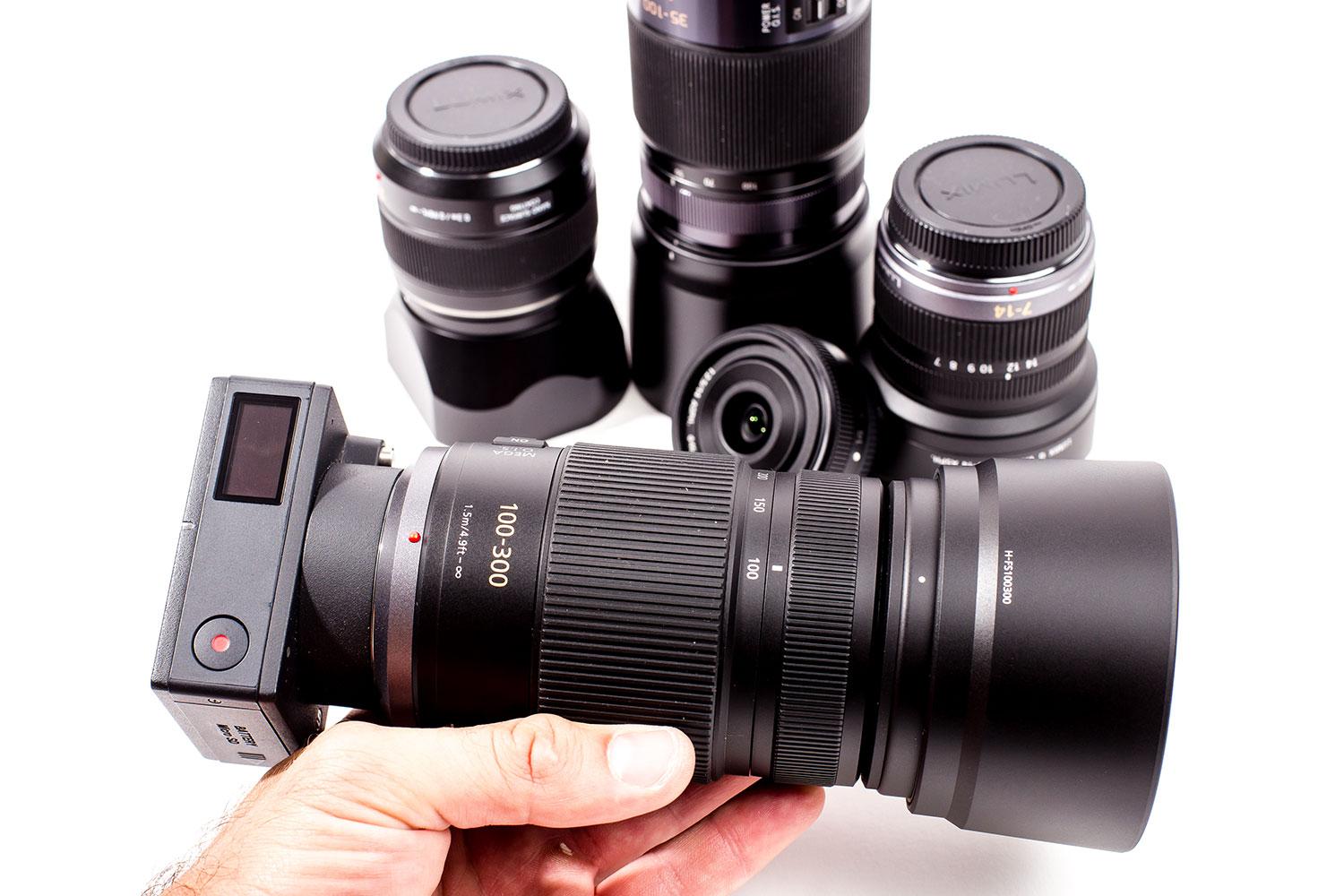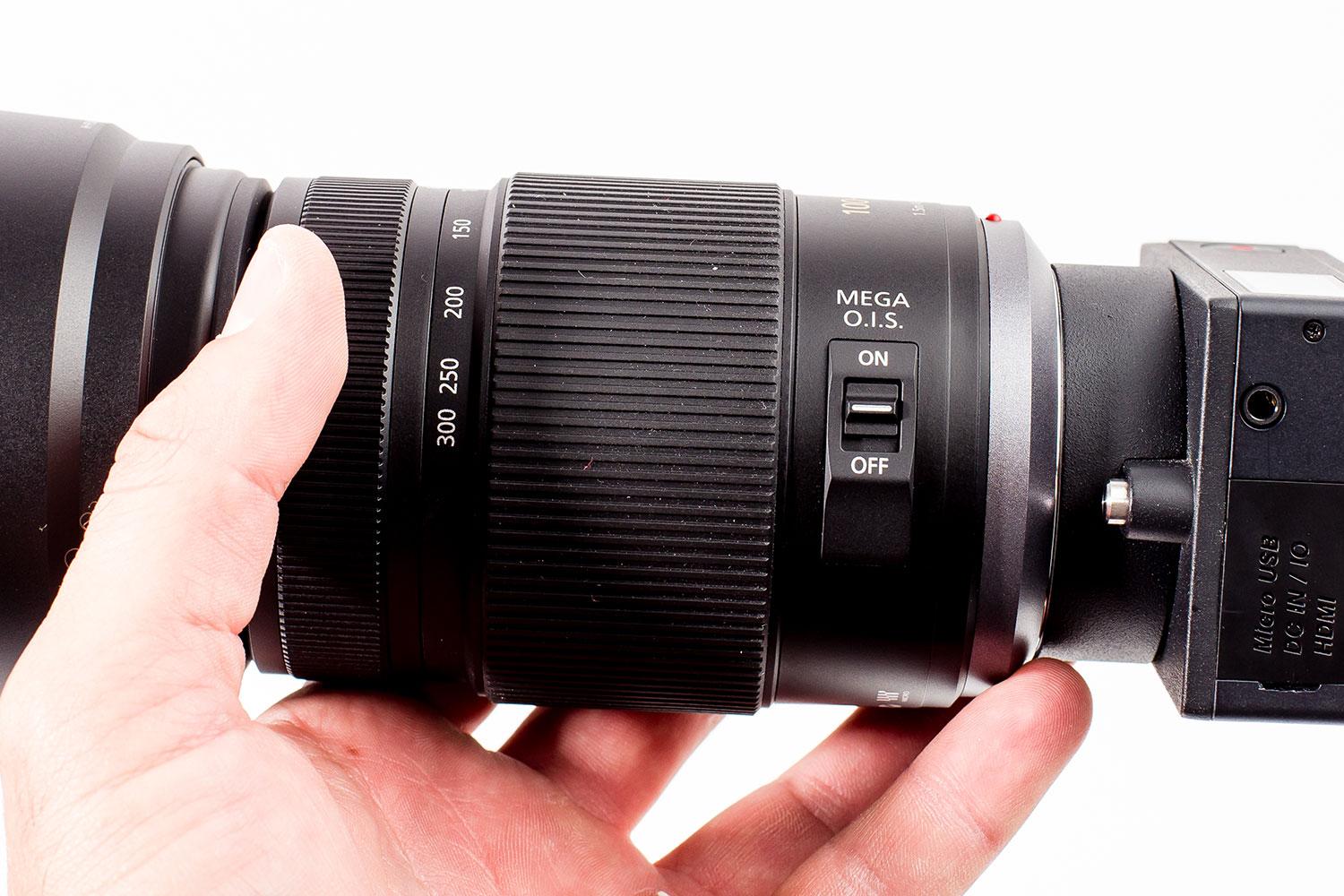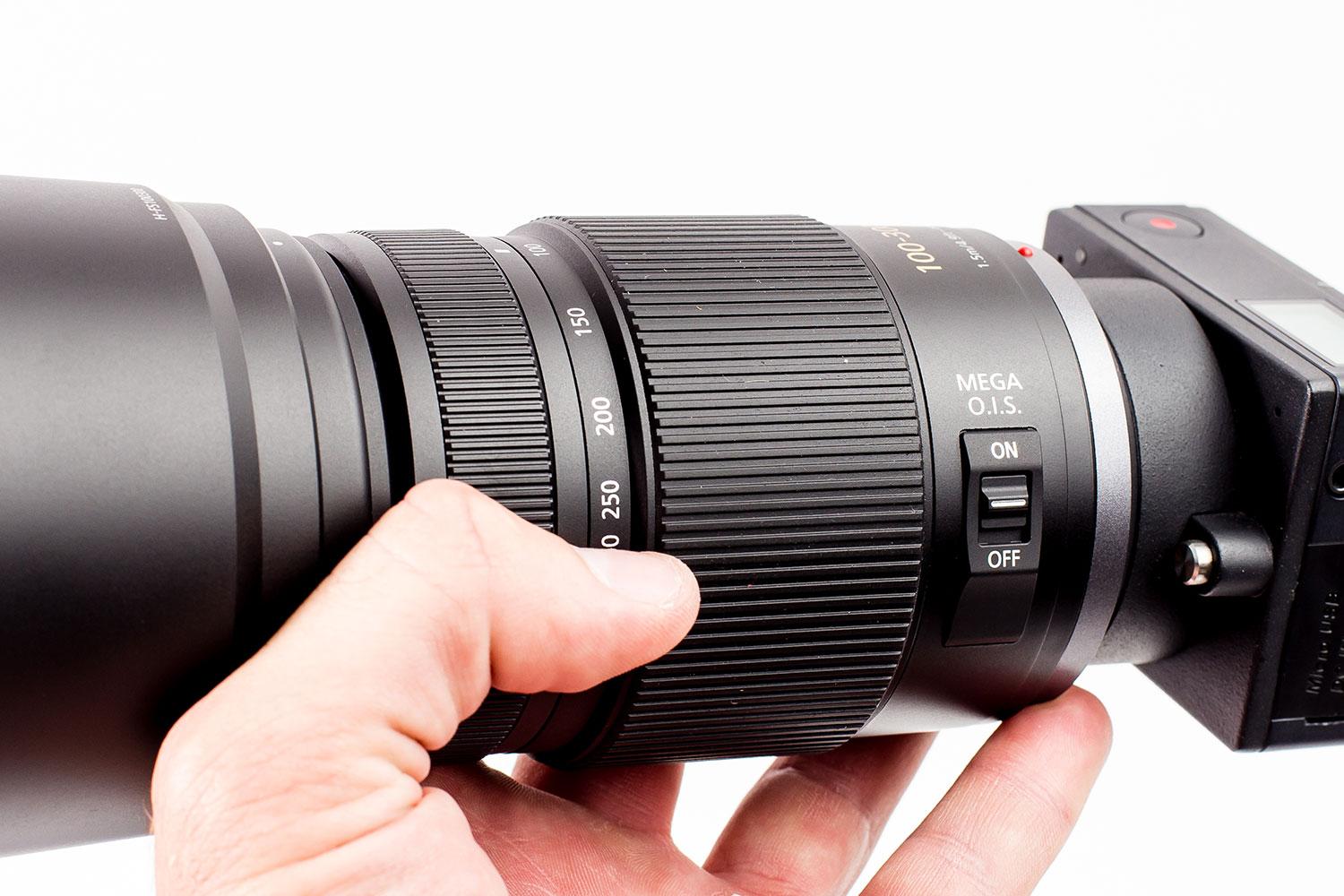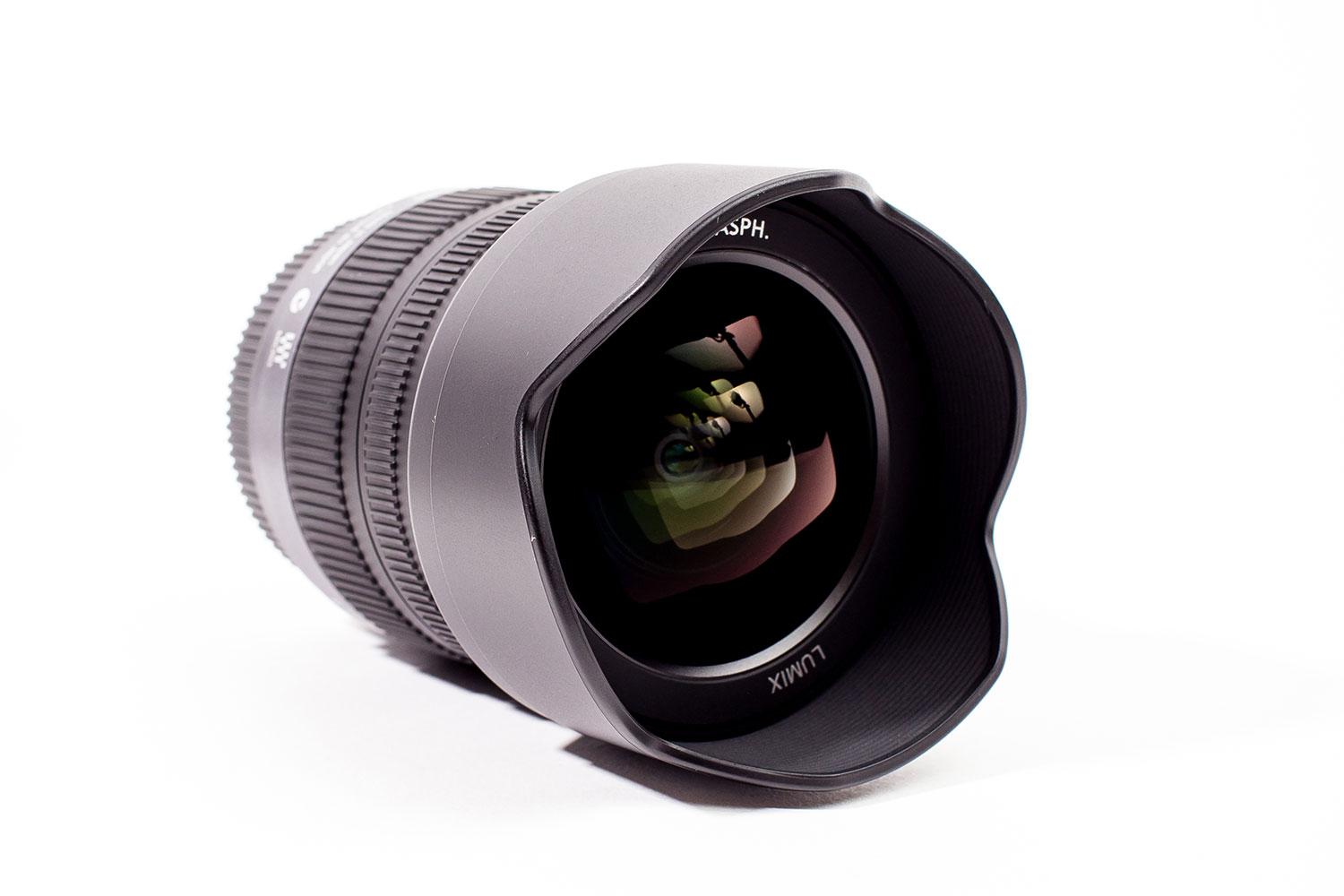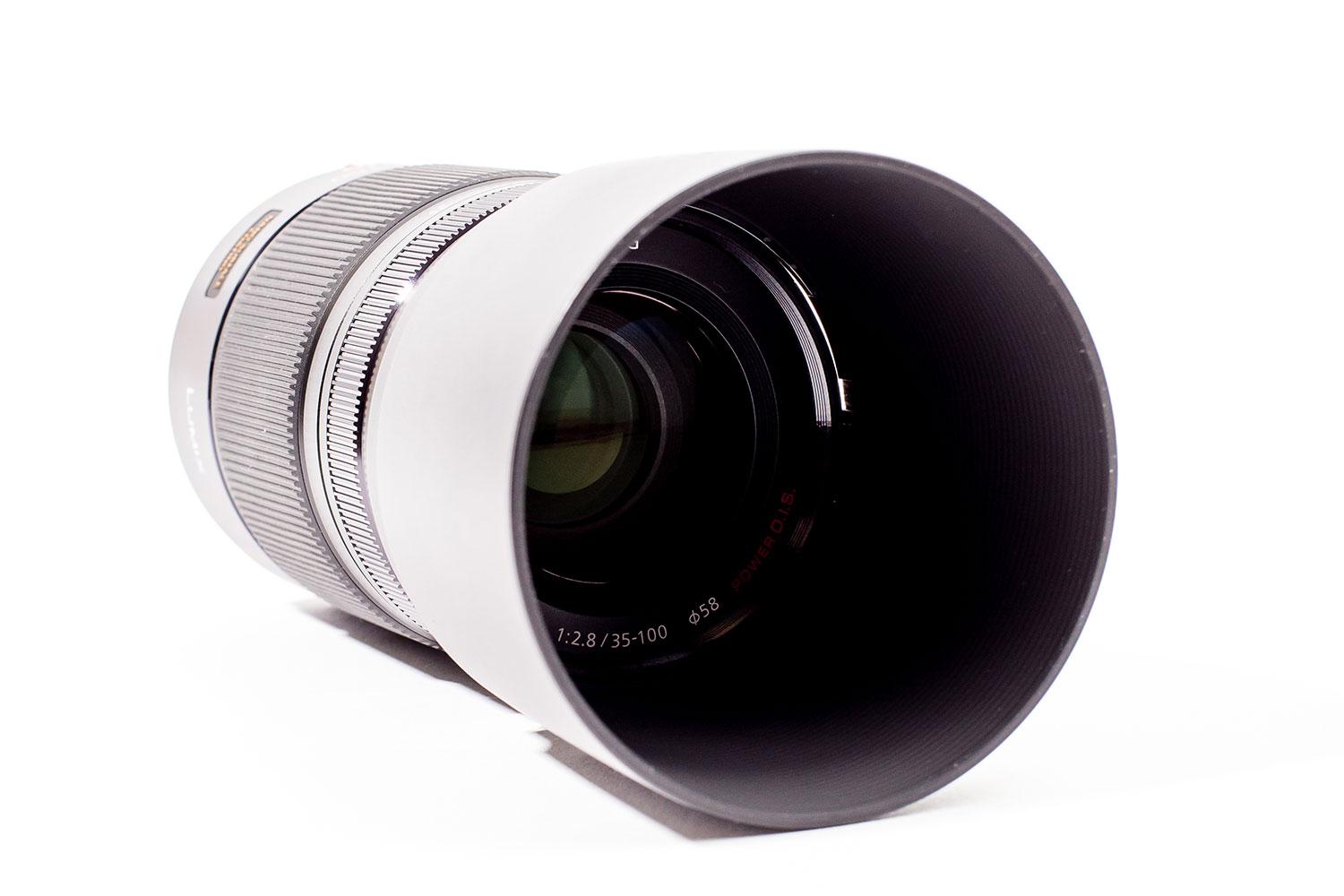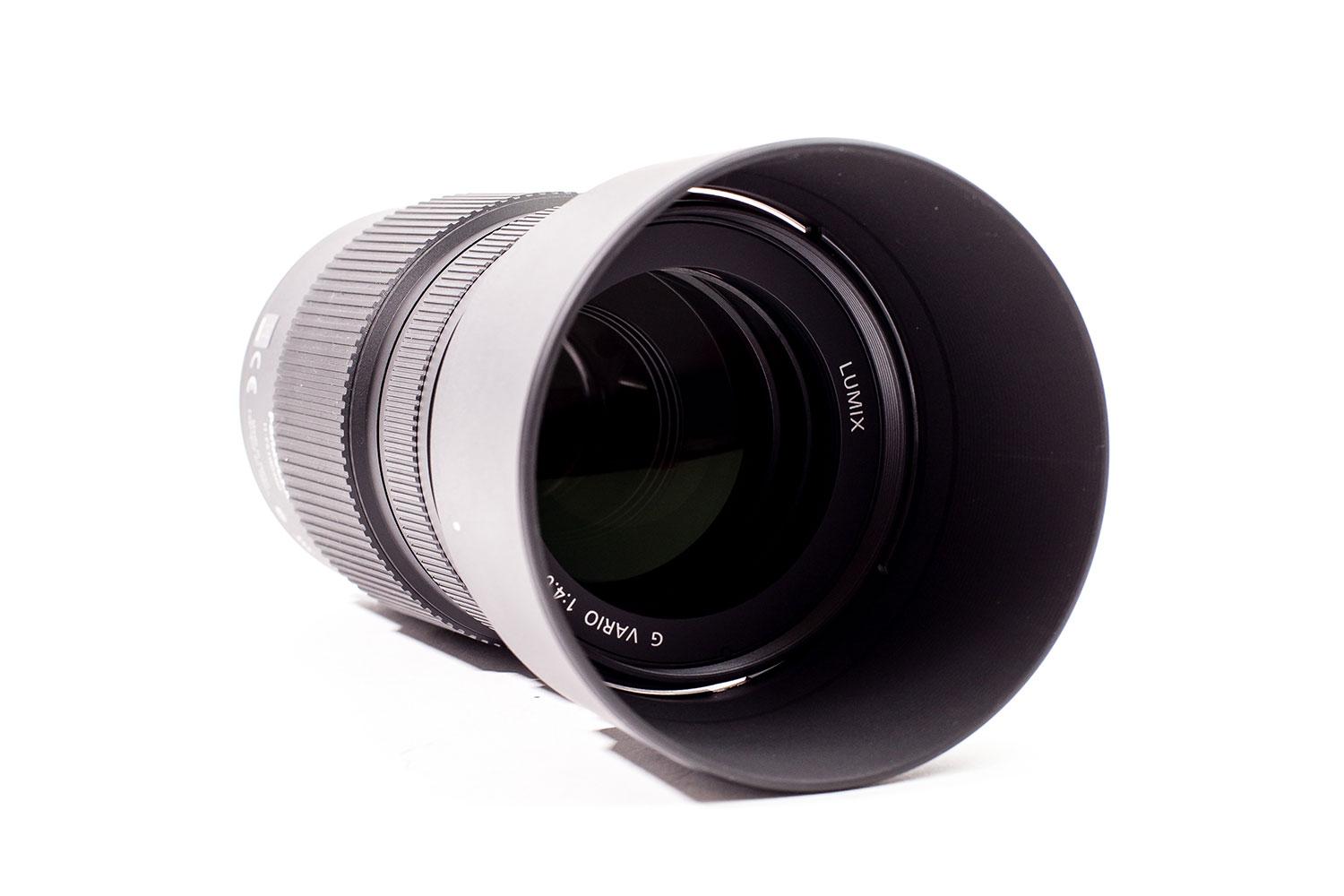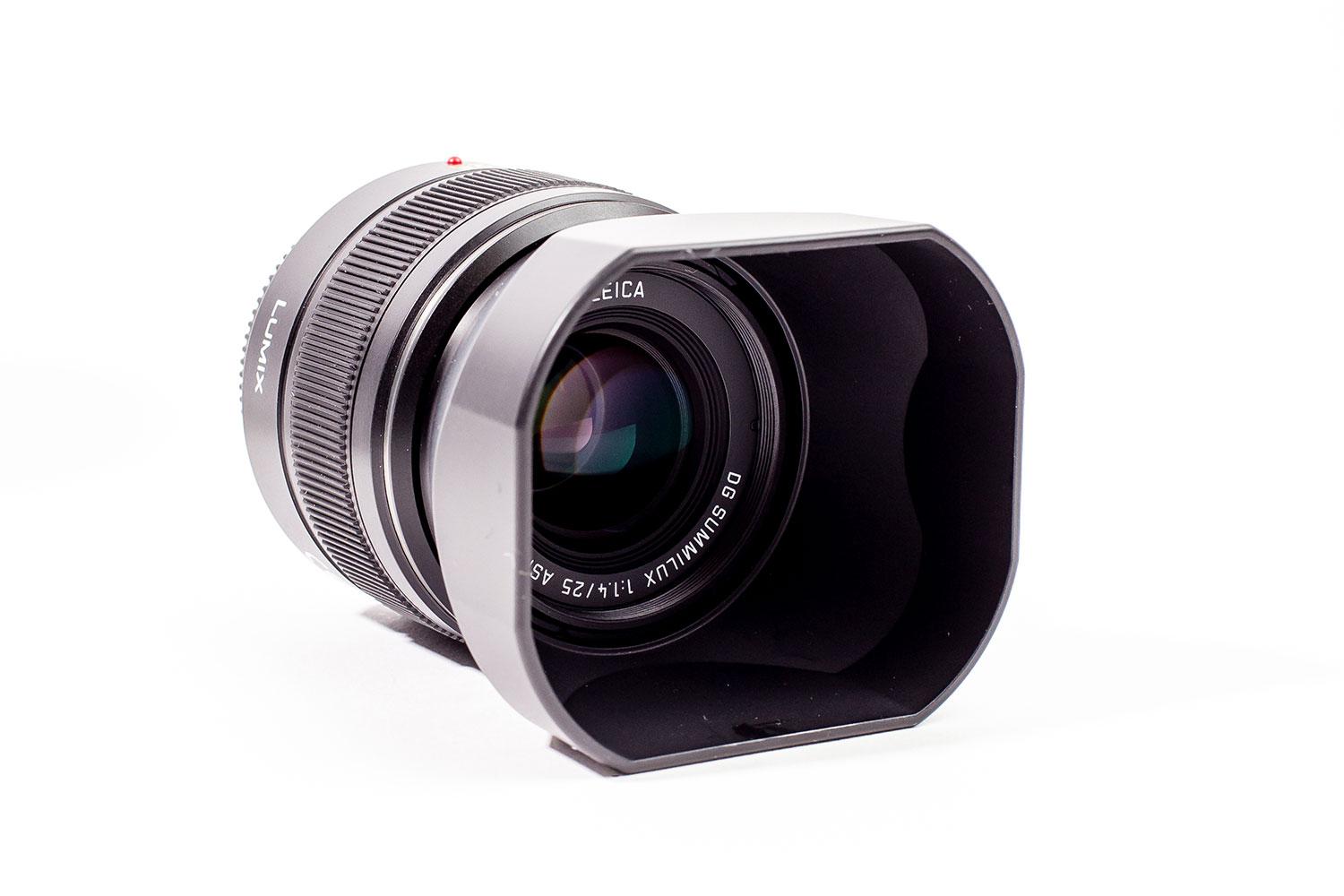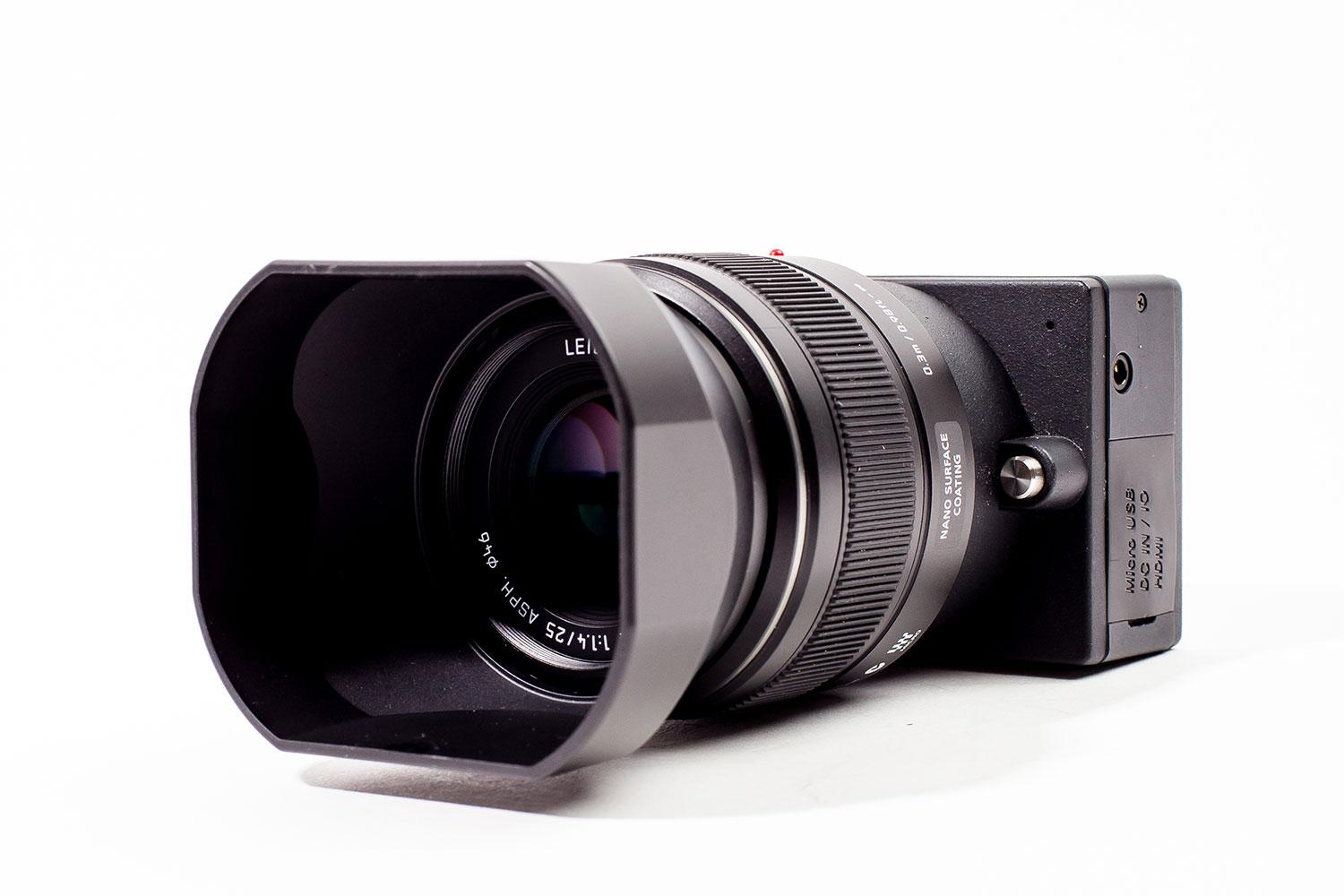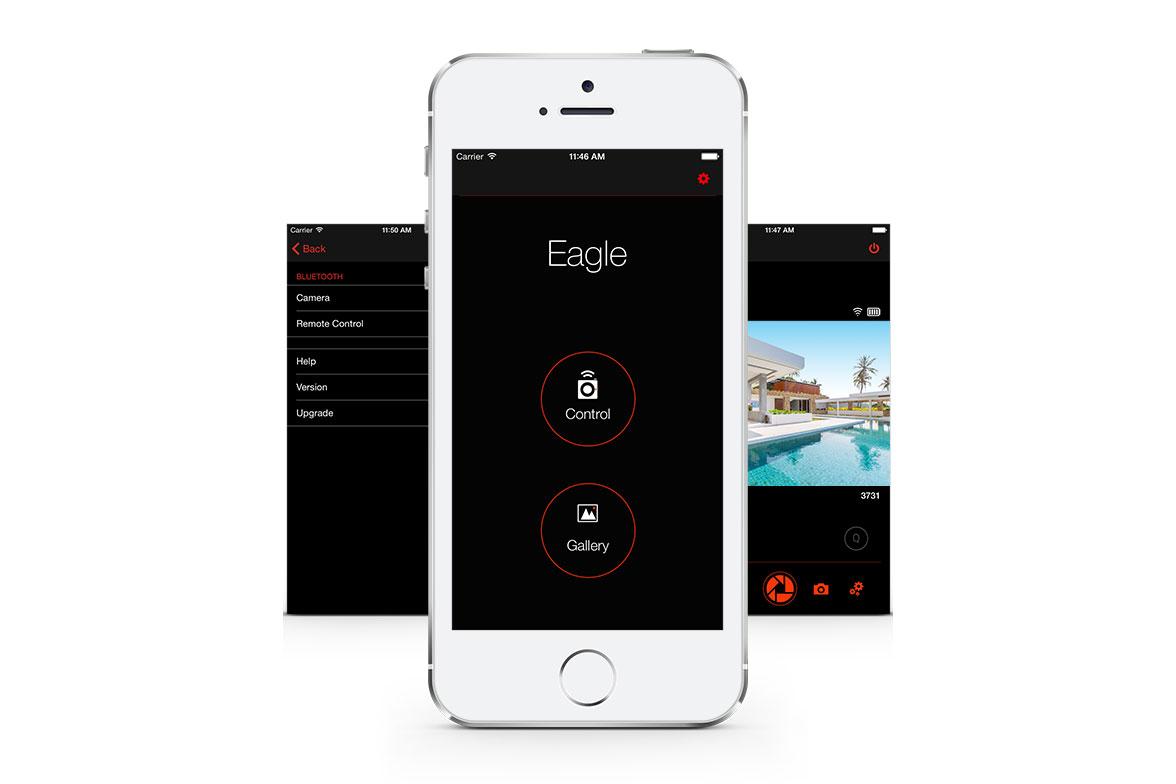Update on August 13, 2015: With two days left in its campaign, Z Camera has raised more than $300,000. But as the company told us, production is already under way.
If you’re a video hobbyist or even a pro filmmaker, imagine the scenario: You want to shoot aerial footage from a drone, record a wedding from overhead, or shoot a short film in a tight spot. You want something that’s flexible and more powerful than a tiny action cam, but a movie camcorder, DSLR, or mirrorless camera is too big and heavy. That’s the spot a startup camera company, called Z Camera, is trying to fill with its new E1, which is being called the world’s smallest 4K interchangeable lens camera.
The E1, two years in the making, is currently running a Kickstarter campaign not to raise funds for manufacturing, but to promote the company, as it is still an unknown startup. The company launched the campaign in advance of its official announcement, and has already shattered its $42,000 goal (as of July 28, it’s at more than $265,000). And unlike many Kickstarter projects, the E1 is real and we’ve played with one; its engineer and creator, Jason Zhang, told us that manufacturing has already started and first deliveries are scheduled for later this year.
Zhang was a former engineer with Ambarella, the chipset maker that supplies hardware to GoPro. After branching out on his own, Zhang and a few colleagues saw an “opportunity gap” for a camera that fits between an action cam and a DSLR – small and light enough to fit onto a drone, but more powerful and flexible than an action cam. Built around an Ambarella 4K-capable A9 chipset, Zhang went with a Micro Four Thirds sensor (made by Panasonic) for the E1 because it’s the only open standard option in interchangeable lenses, Zhang says.
The E1’s mount works with most Micro Four Thirds lenses from Olympus and Panasonic, as well as some third-party makers like Sigma. The camera doesn’t have any built-in image stabilization, but you could use one of Panasonic’s O.I.S. lenses. The E1 will autofocus any attached lens, however.
The A9 chipset handles 4K at 30 frames per second (UHD/3,840 x 2,160) or 24 fps (cinema/4,096 x 2,160), but can shoot Full HD 1080 at 60 fps and 720p slo-mo at 120 fps; it captures photos at 16 megapixels. Also onboard are Wi-Fi and low-energy Bluetooth (the former works with a smartphone app for remote operation, while the latter allows for remote on/off while in standby – similar to how GoPro cameras work). When shooting
According to Zhang, the camera has exceptional low-light performance, ideal for documentary filming. Advanced noise filtering allows the camera to reach ISOs as high as 102,400 – with the highest quality around 6,400 (Zhang says its noise reduction is better than Panasonic’s) – and reduce ghosting and flaring. The E1 also lets you customize settings, including white balance and coloring. You can adjust the coloring in-camera to save time on post-processing, Zhang says. The camera can shoot time-lapse videos (an algorithm helps adjust exposure automatically during a long time-lapse), capture images in RAW (DNG), and work simultaneously with multiple E1 cameras (to capture different perspectives or possibly for creating virtual-reality content).
The boxy camera is made out of die-cast magnesium alloy that helps to dissipate heat. It’s not weatherproof, but the company is working on a waterproof housing. The camera’s design is simple: Besides a lens mount release and shutter and power buttons, there’s a small mono status LCD and a rear, non-touch color LCD (320 x 240) for framing. There’s a mic jack but none for headphones, however an I/O port allows third-party developers to use it for remote control, such as syncing it with a drone; it also has a clean HDMI output. It records onto Micro SD cards, and a standard tripod screw mount is on the bottom.
To better control the camera and adjust the settings, you’ll need to use the companion app for iOS or Android, which is already available in the respective app stores. In a demo of the camera’s super-low latency, the app operated smoothly without any noticeable lag.
It’s obvious the E1 draws inspiration from the GoPro (it looks like a bigger Hero camera with swappable lenses). It allows videographers to place the camera in places where a traditional camera wouldn’t fit, but gives them the power that action cams aren’t able to deliver. We also see the E1 as an affordable 4K camera (Zhang says it will retail for $699, body only) that’d be attractive to pro filmmakers (Zhang said he received a lot of interest from video professionals during the recent NAB show). Although the company is a startup, it’s using proven technology (Ambarella and Panasonic). We weren’t able to record any video of our own during the brief demo, but if it looks as good as the
